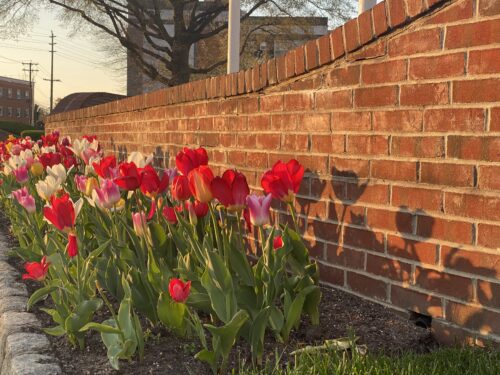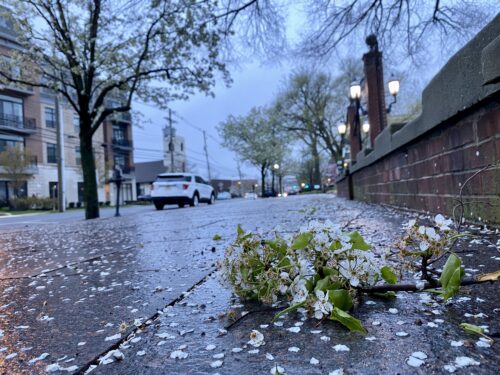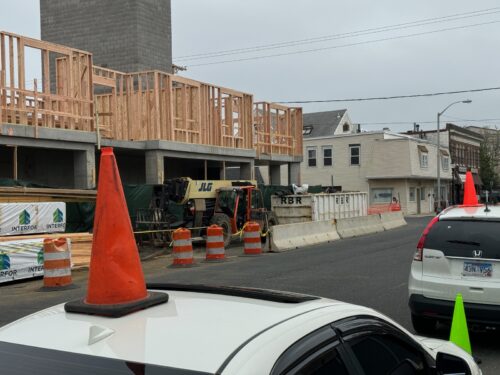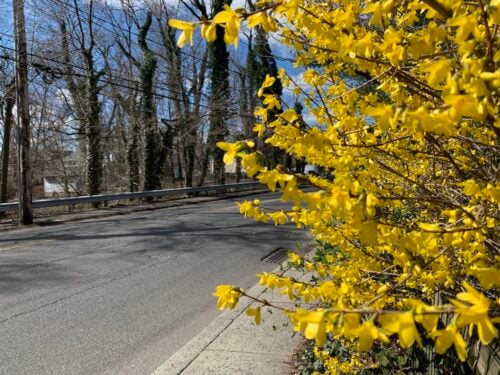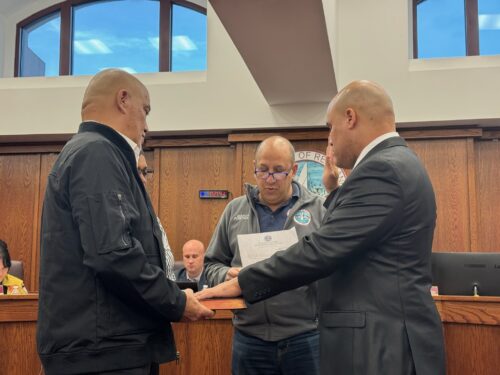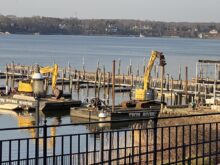By LINDA G. RASTELLI
Although everyone who spoke at a Fair Haven public hearing on a proposed tree-protection ordinance said they supported the idea of one, the one on the table Monday night was divisive.
A self-proclaimed “tree guy” who supported the law, Steve Garcia of Navesink Ave said he was upset to hear one neighbor advising another to take down his trees before the ordinance passed.
“Something’s got to get done,” Garcia said. “When people want to remove all their trees, I say, ‘Why didnt you move to the desert?’ Were losing so many of our mature trees. Were running out of oxygen. His remarks sparked strong applause.
But Councilman Tom Schissler said that while he supported the concept of an ordinance, he found the borough measure “unduly burdensome” as written and too expensive for residents. He argued it would cost more for residents to comply with than to ignore the law and pay the fines.
“This is not good to go,” he concluded before casting the lone ‘no’ vote. Still, the ordinance, similar to one in Rumson borough, passed.
Fair Haven is far from alone in its efforts to curtail tree-cutting by residents and builders. Red Bank passed a measure last month to restrict tree removal on public land. And, from the Bergen Record last Thursday:
Tree ordinances are cropping up like weeds across the nation. Many of the newly established ordinances limit the number, age and variety of trees that can be removed annually. Often, a permit is required for tree removal, and breaking the law is considered serious. Homeowners caught violating tree ordinances could be fined anywhere from $100 to $5,000 and receive up to 90 days in jail in some municipalities.
The Fair Haven law requires a permit from the town for the removal of 20 percent of trees larger than 10 inches in diameter on a lot. The fine for cutting down a tree without a permit, unless the tree is diseased or dead, is $1,500. Pruning is allowed.
In some cases, property owners will be required to replace trees, either on their own property or elsewhere in the borough, depending upon the decision of the code enforcement official.
Supporters see the ordinance as a way to put a clamp on chain saws. Other said the law might actually encourage behavior its supporters hope to curtails and probably wouldn’t withstand legal challenges.
“I moved to the River Oak section 30 years ago,” said Jim Dooling of Katherine Street. “The nature of our neighborhood has changed profoundly. It’s like the Wild West. It’s time for the borough to preserve the look of the community. I’d like to see it be the charming beautiful town on the river that it could be.”
But Michael Pane, Jr., an attorney representing the Shore Builders Association, agreed with Schissler that the ordinance had problems. He contended that a provision excluding trees under 10 inches in diameter would encourage builders to clear all small trees from properties before building.
“I’m not against the ordinance, but this one would be unique to the state of New Jersey and probably not enforceable,” he said, because he it provides “no specific criteria” and gives too much latitude to the code enforcement official.
Others commented that the proposed law needed more teeth because it would encourage people to take their chances by leaving unsafe trees in place. But Mayor Mike Halfacre said that was a too-dire view.
“You’re jumping to the worst possible conclusions about the permit process,” he said. “I dont foresee it being that involved. The vast majority of cases will be a collaborative effort” between the homeowner and town officials.
Also during the meeting, Councilman Chris Walrath was presented with a framed copy of a proclamation the mayor read aloud, thanking him for his more than 13 total years of service to the borough.
Halfacre also gave Walrath a framed photograph of the Albertina, the paddlewheel steamer that appears on the borough seal. The farewell ceremony drew an ovation from residents.




